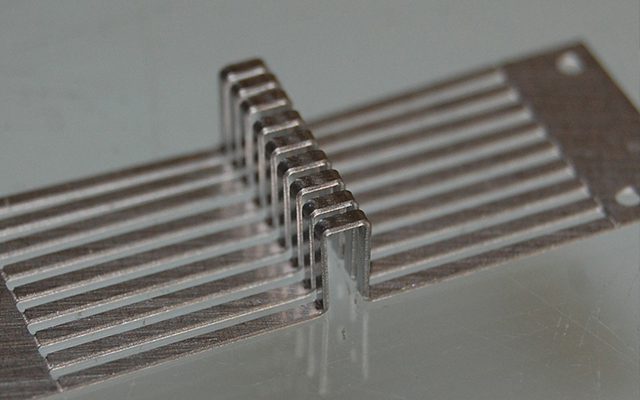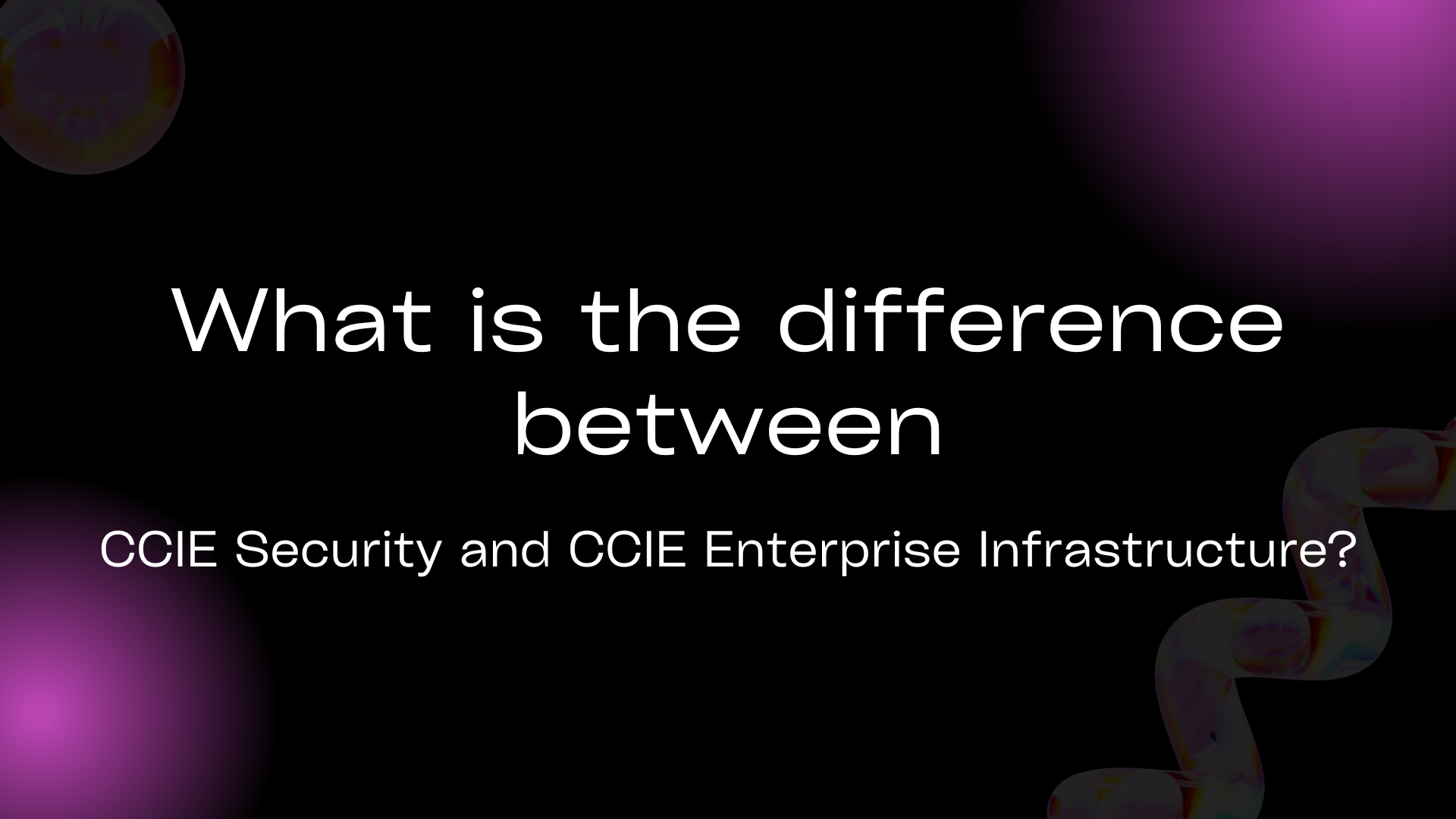A Quick Guide on Chemical Etching Stainless Steel

Chemical etching is one of the best methods to make precision parts from one of the most useful and used metals in manufacturing. It has broad application across many industries and is one of our most popular metals because of the great number of benefits it offers. These include properties like: corrosion resistance, temperature resistance, high strength (depending on treatment) and durability to name just a few – we’ll look at some more of the benefits in detail later on. So, in this article we’ll cover the process of exactly how we at Tecan use chemical etching on stainless steel.
The very first part to take into consideration is the etchant that’s used because this will vary depending on the metal used. This etchant has the task of eroding away all unwanted parts of the sheet metal so it makes sense that the etchant needs to be correct in order for the reaction to take place and the manufacturing process to be successful. A result of this is that the end result is stress and burr free which means that production times are reduced as the metal doesn’t need deburring or finishing.
1 – Surface Cleaning
The surface needs to be clean in order to spread an even coating of the photoresist on the sheet metal. As the process involves chemicals, a clean environment is essential to ensure that the chemical reaction takes place without any complications.
2 – Apply the Photoresist
This is the protective layer, basically, that will ensure that only the stencil or parts you want are kept while the unwanted parts are dissolved by the etchant.
3 – Photoresist Exposure Method and Development
This will imprint the desired pattern or stencil onto the layer of photoresist using UV light imaging. After this process, the metal becomes primed for the etchant to be sprayed on.
4 – Chemical Etching
The chemical etchant is now sprayed onto the sheet metal and erodes the unwanted segments away. Using this method, you can go as small as 25 μm which means it is one of the most high-precision methods available. This process is especially suitable when sharp edges, round holes and straight or profiled edges are required in the design.
5 – Photoresist Removal
The photoresist, having completed its task, is now removed which leaves us with the fresh sheet of stainless steel featuring the desired stencils. These are then harvested from the sheet metal to the metal components they are then used: speaker grilles, flow discs or heat exchangers to name but a few of the products.
This is the general format we use for etching stainless steel and is one of our most requested processes because of how versatile and practical the metal is. Among the benefits of stainless steel is the quality of the material; as it’s a stress and burr-free process, there is a very high-standard finish. This is obviously desirable in cases where the design requires sharp edges, straight or profiled edges or an intricate pattern is needed such as in heat exchangers.
Depending on your project, employing stainless steel as the prototype material can be a great time-saver as it’s so quick to go from stencil to end result. Of course, if it is the preferred metal then the lead time is greatly reduced as once the prototyping is done, the manufacturing process can be put on an industrial scale immediately. The reduced lead time and fact that the metals don’t require deburring or finishing at the end of production means that this is reflected in the total cost. In a lot of instances, chemical etching will be the more economical option for etching precision metal parts.
Chemical etching is also a great choice because of its potential to achieve tight tolerances when compared to traditional processes. Typically we’ll see tolerances on etched features that are only around +/- 10% of the parts’ thickness. We’re able to deal with tolerances of 25µm to 2mm with stainless steel. Generally speaking feature size and tolerance are subject to the following:
- Sheet size
- Metal thickness
- The nature of the pattern
- The type of metal
There are a great number of benefits to employing chemical etching to achieve precision metal parts that are reliable and replicable on a massive scale without aberrations. Be sure to enquire with the etching company first if you have any specific requirements. At Tecan, we certainly welcome a challenge and our specialised application engineering and R&D teams will do all they can to help you create a next-generation product.


